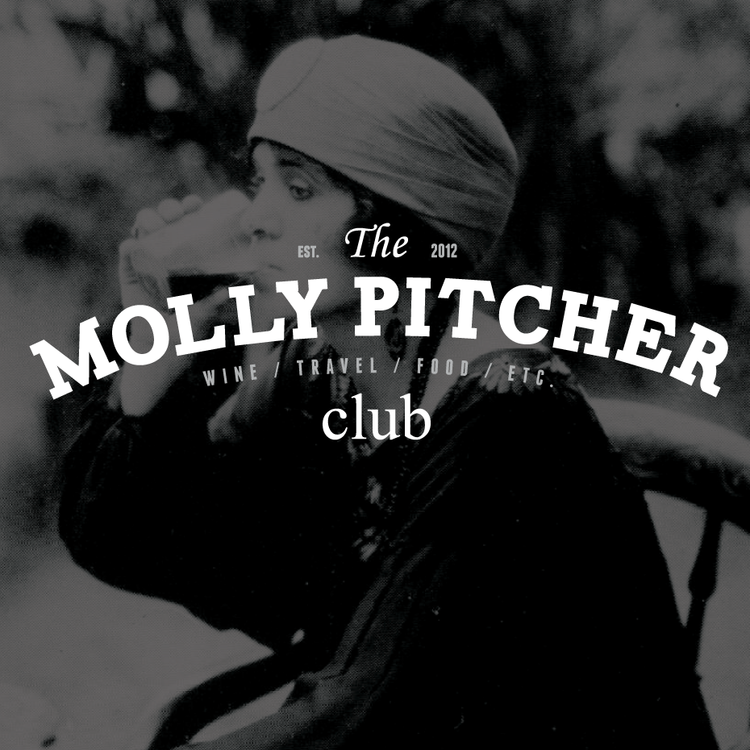Wine School Challenge with the NYTimes
I am a big fan of the NYTimes Dining and Wine section and Eric Asimov. Maybe, it is because they provide in depth reviews and discussions on wine across many different countries. Maybe, it is because I was regularly reading the Times when I became a serious wine nerd. Either way, the NYTimes has an awesome new monthly column that you should consider following, the theme = Wine School!
You may be thinking, why would I follow a NYTimes column when there are hundreds, if not thousands, of wine classes available in my city? Well, am excited about this column for two main reasons: (1) it indicates the start of a potential wine culture movement, and (2) it focuses on the wine beyond a mere tasting.
In the old days, wine was an elitist drink. Sommeliers would use lofty terms to describe a wine and restaurant wine lists were dominated by old world wines, primarily from Burgundy and Bordeaux. However, with this new column (and other blogs, like mine!) I am hopeful that there is a growing wine movement of examining wine from the "normal person's" perspective. This "normal" perspective focuses on making wine more approachable, rather than building barriers with complex wine terms and snotty commentary. By approaching wine as fun drink and explaining the complexities in a straight forward way, I hope that wine will becoming less intimidating for new wine drinkers everywhere. So I recommend checking out Eric's original column describing his "Wine School" here (Subscription may be required), and follow along with my commentary monthly here on the blog!
To start the Wine School off, the NYTimes chose Bordeaux - and I was truly skeptical!
I was skeptical of Bordeaux because the wines are usually very expensive if you want to find a quality wine. I thought, "c'mon Eric, I thought this Wine School was supposed to make wine more approachable, not scare people away!" But, I went into the experiment with an open mind and figured, let's get one of the most difficult regions out of the way first.
The Wine School set up is simply this: Eric chooses a wine region and recommends a few labels that are classic styles from that region, you taste at home and we all discuss online. The suggested wines were all from the Haut-Médoc region of Bordeaux, specifically the 2009 vintage. Skepticism reared its ugly head again because I had difficulty finding any of the labels that were suggested. But I figured if I picked up something from the same vintage and region, I would get the general idea. So check out my notes on the wine I found below:
Cheateau Greysac 2009
Where it's From? Médoc Appellation, Bordeaux, France.
Grapes? 50% Merlot, 40% Cabernet Sauvignon, 8% Cabernet Franc, 2% Petit Verdot.
My Thoughts. So I'll admit, I cheated with this tasting. The purpose of the NYTimes Wine School is to finish your tasting before Eric posts his thoughts on the column. I bought the bottle with plenty of time, but procrastinated because I wanted to pair it with the perfect meal. Needless to say, I don't eat red meat that often (what I would consider a great pairing with Bordeaux) so I actually tasted this wine without food - after I read some of Eric's comments as well.
No worries - the wine was still delicious, but did not overwhelmingly wow me considering I spent $20 on it. It was definitely old world style, very subtle. I picked up flavors of cherry, light pepper and mild tannin. I let the wine decant for 30 minutes before I drank it, which definitely help round out the flavors. But, I really wished I had some food with this wine, I think it would have gave the subtle flavors that complexity boost I was looking for.
Overall, I could not agree with Eric's conclusions more, Bordeaux is great - but just not a regular player on my drinking list. The main reason, you have to spend decent money to get quality. So the next time you are out and willing to spend some extra money on wine, the Bordeaux 2009 vintage is a worthwhile venture.
This month, the Wine School is tasting Beaujolais! Look forward to my review soon!
Cheers!









